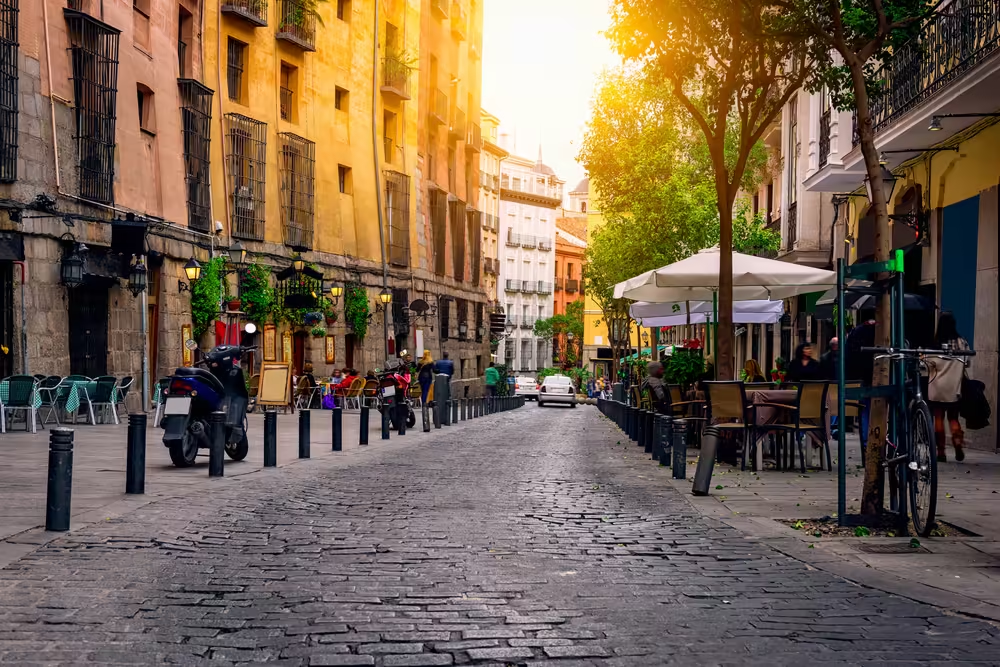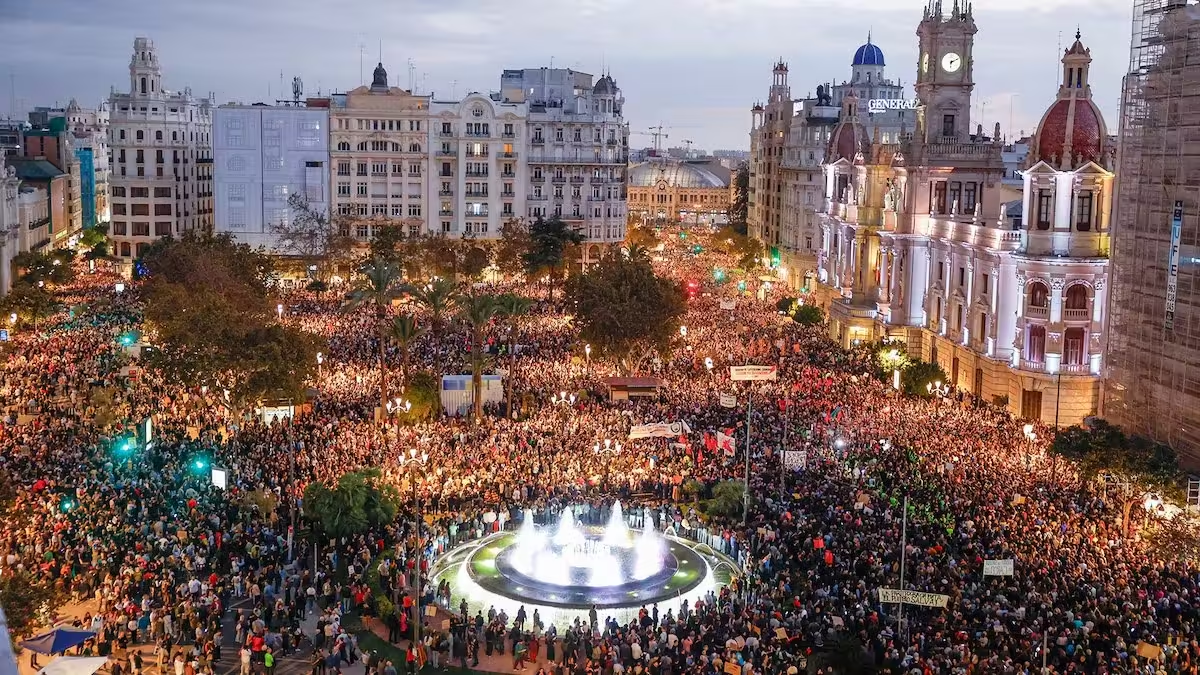Bienvenido to Madrid
Joseph Lyttleton is a freelance editor and writer based in Madrid. He has published one novel, Yahweh’s Children, and is the creator of the 10 Cities/10 Years project. He currently cohosts the Madrid Writers Group.
Madrid is a moving target. By the time you’ve lived here long enough to believe you know the city, it’s transformed. Your local bar has shuttered. Your favorite panadería became a vegan cupcake shop overnight. Your barrio of a decade or more is now inhabited by people half your age who glance at you as though you’re the outsider. It is the nature of cities to evolve—some might argue devolve. And it’s the prerogative (imperative, even) of the denizens to document that evolution. With Stray Cats, a new English-language collection of essays, anecdotes, and photographs, seventeen of Madrid’s long-term foreign residents grapple with how much this city has changed and investigate how those changes have shaped them.
Madrid through time
Some of the collection’s writers arrived in the ‘80s, when Spain was recovering from Franco and Madrid was experiencing an artistic and social revolution. Their essays recount a gray but slightly demented city pulsating with drugs, parties, and music. As Madrid entered the ‘90s, the city was still getting on its feet, but the city’s nightlife, as Stray Cats contributor Carlos Oliver puts it, “was hard to match in any other European city.” After decades of oppression, Madrid was tasting freedom, in all its complicated glory. The first decade of the new millennium accelerated the city’s evolution. The Spanish peseta was exchanged for the euro, cigarette bans pushed smokers outdoors, and wealth was accumulating (for some). Madrid was becoming, as Bethany van Sterling puts it, “the Paris of the 21st century, a cosmopolitan hub where artists and bohemians flock.” But that growth was interrupted by la crisis, the 2008 global depression that struck Spain particularly hard. Much of the next decade was defined by the country’s efforts to pull itself out of this financial hole. Just as it seemed to be doing so, along came the pandemic.
These temporal signposts pop up in Stray Cats, yet the essays aren’t historical records. Rather, each piece is a window in a building, offering one specific view of the city in the idiosyncratic voices of their authors.
Photos as well as stories
Just as the stories in this collection forgo Madrid hagiography to revel in the often grimy but still beautiful lived experiences of the authors, Dapolito’s photos reveal the hidden alleys and enticingly discordant angles of the city rather than opting for postcard images. The photos are often framed prosaically, but each shot holds a surprise if you really take it in. Much like the city itself.
As the ‘youngest’ contributor to the collection (if not in age, then in experience), I relished reading through this collection of friends and strangers to see my adopted home through their eyes. I will never experience the post-Franco Madrid that James Dyson moved to in 1988, nor will I ever smell the dark tobacco odor of Ducados in Barajas airport as Cary Barney did upon his initial arrival. I even missed the Madrid of the early 2010s that wasn’t ‘living up to its potential,’ per Bill McKinley’s recollection. But I recognize the ‘divided self’ of the immigrant that Susan Aikin writes of and can certainly appreciate, as Anthony DeMarco puts it, ‘the sense of perspective that one gains regarding their native country.’
Wild Madrid
Reading this collection will make you wonder if the Madrid of the past, in all its untamed, dangerous glory, was better than the Madrid of the present. To move to a new city is to invariably be “too late.” It’s a universal truth that the past was cooler, scarier, and wilder than the present, and you will forever be living in the shadow of those who came before. You’ll always be missing out, no matter how much you do in your new home.
This collection is by and for lovers of Madrid, but it will be especially eye-opening for those who have just arrived or are considering the move. Think of it as a how-to (and how-not-to) guide to becoming a Madrileño. To be clear, it won’t help you navigate Spanish bureaucracy or teach you how to slip past Spaniards on the sidewalk. (We’re all still waiting for that book.) And if you’re hoping to learn about the capital city of Spain, Wikipedia is at your fingertips. But if you want to discover Madrid, the living, breathing home of outcasts and dissidents, artists and laborers, gatos and guiris, Stray Cats is a singular introduction.
Discover Stray Cats, edited by John Dapolito, available now from Ybernia. Visit Ybernia’s website to explore more titles:
Main image: Shutterstock/Catarina Belova
Share this content:




4 comments